This time last year, Microsoft’s current flagship console was little more than a swanky video spot aired during a swanky awards show. Now, it’s the capstone to one of the biggest years for Xbox in recent memory. Time sure works in funny ways.
Yes, it’s been almost one year to the day since Microsoft officially revealed the Xbox Series X at the 2019 Game Awards. The unprecedented nature of 2020 can certainly contribute to a distorted sense of time, like you’re viewing recent history by looking at a funhouse mirror through a kaleidoscope. Here’s a quick temperature check: Nine months ago, people were fretting more about Memorial Day plans than they were about the daily covid-19 infection rate. The Black Widow movie was about to hit theatres (remember those?). You may have ordered a daily latte at your local coffee shop without wearing a mask, without fingering the travel-sized bottle of hand sanitiser stashed in your pocket, without consciously inching away from the person behind you in line. Seems like another life, right? Put another way, Microsoft swung for the fences in the midst of some seriously extenuating circumstances — and largely hit big.
For one: The Xbox Series X. Despite conditions that shook the supply line and upended the way we do business, Microsoft got the thing out the door. Beyond that, the company also released a budget-friendlier console alongside the main one (a first for Xbox), expanded its subscription and cloud-gaming offerings, acquired another major corporation in the video game space, and even managed to publish a few games along the way.
Of course, that doesn’t mean everything went off without a hitch.
Two next-gen consoles are better than one.
In July, Microsoft discontinued production of two Xbox consoles: the upmarket Xbox One X and the pared-down Xbox One S All-Digital Edition. What seemed like a shocking move at the time was merely a premonition of the future. Keep in mind that, back then, all 75 months ago, the public writ large did not (officially) know about the Xbox Series S. A lower-priced machine had long been whispered about in various ways — Kotaku reported on its production last December — but it wouldn’t be confirmed by Microsoft for some time.
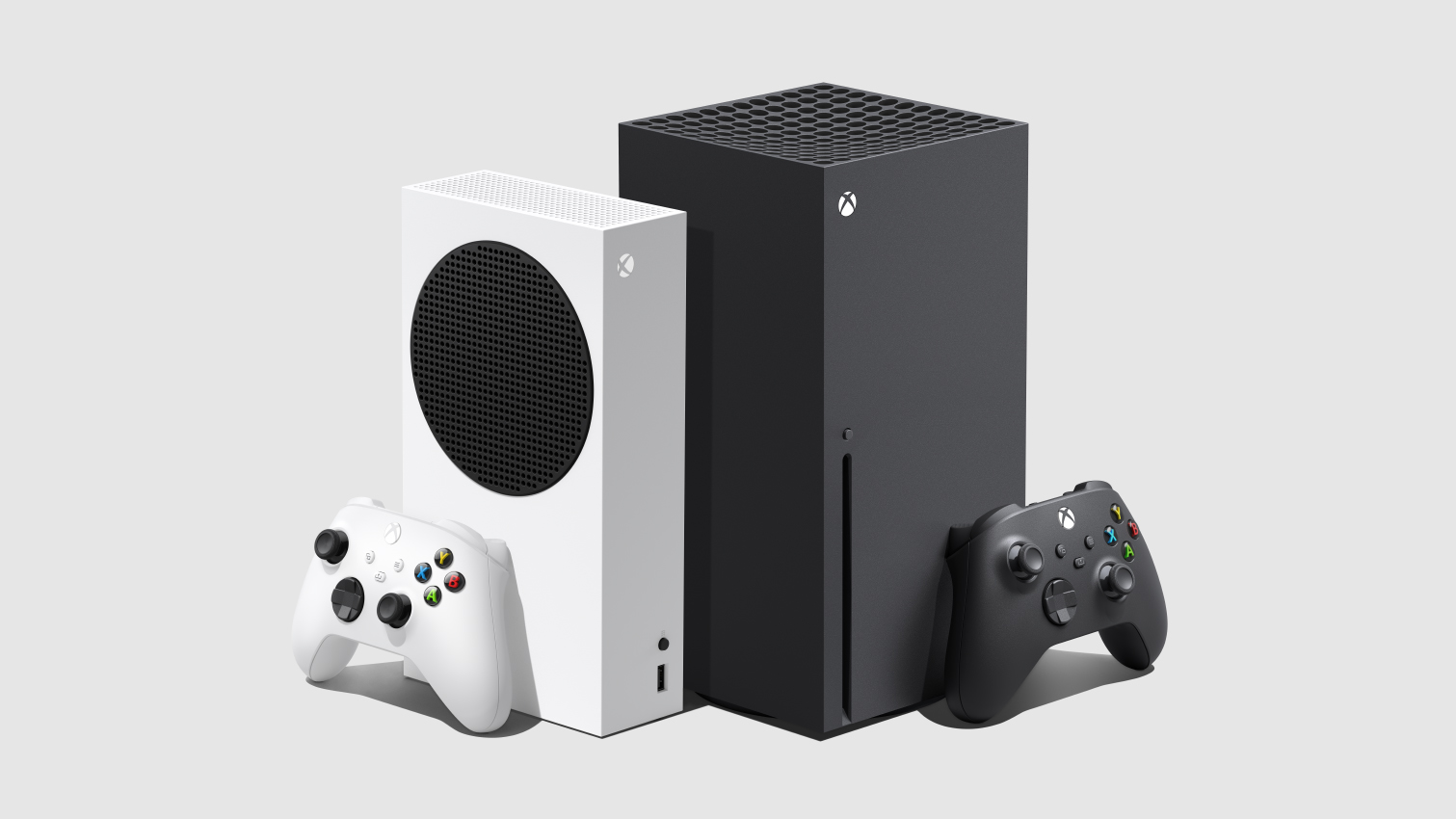
Then, in early September, a series of leaks sprung. Microsoft officially revealed the Xbox Series S overnight, confirming details that, by then, were zipping around the internet at the speed of sound. The Xbox Series S would sell for $US299 ($499), compared to the Xbox Series X’s $US499 ($749). It would feature about half the amount of internal storage space (512GB for the S, 1GB for the X). Unlike the Series X, it would not include a disc drive; all games would have to be downloaded, same as with the retired One S All-Digital. It could play some games at 60 frames per second, like the Series X, but would render them at a target resolution of 1440p, rather than the crisp 4K you could hit with the high-end console. All in all, a fair tradeoff for a machine that clocks the same physical profile as a paperback edition of War and Peace. (Fun fact: The reveal was almost spoiled months earlier, all thanks to that comparatively compact size. In June, Xbox head Phil Spencer tucked a Series S on a shelf in his wife’s office, a well-lit room where he’s filmed many interviews these past few months. No one noticed.)
“I think, over the generation, our expectation would be that price really matters and that you would see the Series S sell more,” Spencer told Kotaku a few weeks before the November 10 launch of the Xbox Series X and S.
But the announcement of the Xbox Series S was more than just a product pitch. It also clarified a strategy on Microsoft’s part, one that kicked off halfway through the Xbox One’s console cycle.
Think of it in terms of black and white. The porcelain-white consoles with names ending in “S” (the Xbox One S and, now, the Xbox Series S) offer reduced specs at a lower price. Meanwhile, those looking for top-notch performance can spend more on the jet-black beefier machines, which end in “X” (the Xbox One X, may it rest in peace, and the Xbox Series X). Why Microsoft opted for two letters so phonetically alike is a matter best left to songsmiths and lexicologists. The short of it is that “X” is shorthand for the high-end model, while “S” marks the affordable offerings.
Microsoft also made it easier than ever to get these consoles, at least on paper, as a result of the Xbox All Access financing program, an initiative first announced in 2018. Pending a credit application, prospective Xbox owners can sign up for a two-year contract. If approved, they pay a monthly fee that includes an Xbox console ($US25 ($33) for the Series S, $US35 ($46) for the X) plus a membership to Xbox Game Pass Ultimate, Microsoft’s games-on-demand service. It’s a good deal. The big roadbump, of course, is that consoles have been nigh impossible to secure.
Preorders for the new machines opened up on September 22 and immediately went sideways. Lucky consumers were able to nab an Xbox Series X or S. More weren’t so fortunate, left refreshing retailer pages and fecklessly clicking on buttons that read “BUY” one second but would turn grey and display a harsh “SOLD OUT” the next. More than a month after the November 10 launch, the situation hasn’t improved much. Those who missed out should find some measure of solace, at least, in the fact that these new Xboxes are more iterative than transformative.
[referenced id=”1191566″ url=”https://www.kotaku.com.au/2020/11/xbox-series-x-the-kotaku-review-2/” thumb=”https://www.gizmodo.com.au/wp-content/uploads/sites/3/2020/11/06/toh7gmfzqawmiffv7kc21-300×169.jpg” title=”Xbox Series X: The Kotaku Review” excerpt=”The Xbox Series X does not feel like the kind of machine we usually get at the start of a new generation, when we’re used to clean breaks with radical new hardware that basically starts our time with a PlayStation, Xbox, or Nintendo device over.”]
New features highlight the difference between generations.
To put it plainly, the Xbox Series X and S are by and large souped-up versions of the Xbox One. All three consoles display the same home screen layout — which was tidied up in a February update — and use the same unified operating system. At the moment, you can play most any Xbox game on any Xbox console, with the exception of Kinect games and some older titles. (How those games perform is a different matter.) Even the controllers are practically identical. Picking up a new Xbox means stepping into intimately familiar territory if you had an Xbox One. You’re right at home, messing around with a console you already know, the main difference being how much faster it functions and much better it is at running games. The new stuff, such as it exists, can be found in a handful of features that mostly operate in the background.
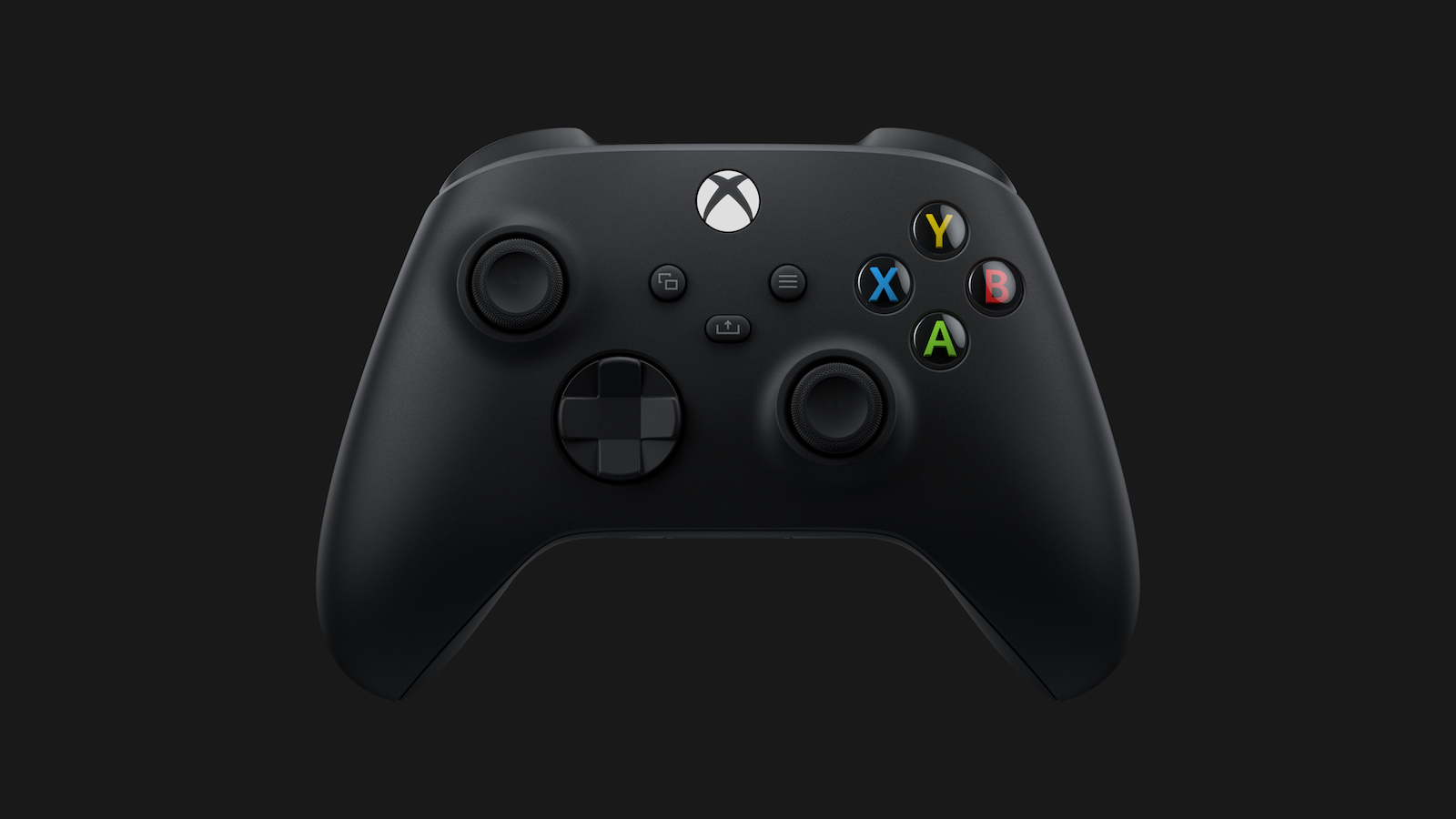
The big one is Quick Resume, which allows players to suspend and swap between multiple games, on a system level, without having to boot each one up from scratch. Before launch, when reviewers had the console, Quick Resume worked well enough. You could bounce between five or so games without issue, including Ubisoft’s Nordic-themed Assassin’s Creed Valhalla. Right around launch — and in the two weeks thereafter — not so much. Quick Resume support stopped short for Valhalla (and other games). Now, things have shaped up a bit. You can pick up and put down Valhalla without issue, and, according to Microsoft, do so with 20 other games that supported Quick Resume in the pre-launch window but lost that support before the official launch day.
“It’s important to point out that, as time goes on — in a few weeks, in a few months, and beyond — Quick Resume will just work for all the titles that continue to come out,” Xbox’s Larry Hyrb said during a December instalment of his podcast. We’ll see how that shakes out.
The other drummed-up feature is Smart Delivery. What initially seemed like a ballyhooed line of boardroom-inspired ad copy has subtly become one of the standout benefits of owning an Xbox Series X or S. It’s not always clear which games have next-gen versions available, which ones have next-gen versions on the way, and which ones will be relegated to the realm of backward compatibility from now until the end of time. No one wants to keep a list handy or repeatedly turn to Google. Smart Delivery removes the thinking from the equation by downloading the most up-to-date version of the game available for your console. (The new-gen Xbox consoles can further indicate which games are “optimised,” identifiable by a handy watermark on each game’s icon in the game library.)
Early in the year, Microsoft signalled an intent to release games across generations for the near future. Over the summer, following one of Xbox’s many not-E3 digital events, Microsoft muddied that message a bit. For the time being, if you’re playing an Xbox game, you can play it on any (modern) Xbox, something that can’t be said for Microsoft’s competitors. That might sound like a winning perk, but, of course, it’s saddled by an issue as old as time:
Xbox still lacks exclusive games.
Microsoft stumbled in 2020 where Microsoft stumbled in 2019, and 2018, and so on: first-party games.
In March, Xbox Game Studios published Ori and the Will of the Wisps, a two-dimensional platformer developed by Moon Studios, for the Xbox One and PC. (A Nintendo Switch version published by iam8bit released in September.) The game launched with a litany of bugs and performance hiccups, some of which were addressed with a day-one patch. Within a month, nearly all of the major residual issues were massaged out. Consensus has since crystalized: Ori and the Will of the Wisps is fantastic, easily one of the year’s must-play games.

Gears Tactics, a spinoff of the popular series of third-person shooters, was another well-regarded standout. Whereas the previous half-dozen Gears games proudly displayed more brawn than brain, development studios Splash Damage and The Coalition took a measured approach with Tactics. The result was a game with sharp, savvy tactical combat, more like XCOM 2 than Gears of War 2. And a departure in gameplay didn’t necessarily mean longtime fans were neglected: A prequel storyline set before the events of the main series, tying in characters related to franchise mainstays. It ruled.
One of the best-received games published by Microsoft this year was on PC: Microsoft Flight Simulator, a game with sky-high ambitions and visuals to match. By extrapolating actual Bing map data, Microsoft Flight Simulator renders real-world locations with satellite-specific accuracy. For aviation fans, it was a nonstop flight to heaven. It was also a signal of broader company strategy, as Microsoft continued to release more games first for PC. (Gears Tactics, for instance, was a PC-only game until November. Microsoft Flight Simulator won’t hit Xbox until next year.) Between such releases and the expanded Game Pass PC offerings, Microsoft continued to blur the lines between console and PC in 2020. Is Xbox a console platform, a PC platform, or, increasingly, both? The past year only strengthened the case for the latter.
A handful of other releases — including Tell Me Why, Killing Edge, Grounded, Battletoads, the multiplatform, family-friendly Minecraft Dungeons, and the multiplatform, family-unfriendly Wasteland 3 — patched the gaps of Microsoft’s lineup as best they could, but nothing could fill the hole left by Xbox’s flagship franchise: Halo.
Halo Infinite was originally planned for launch day-and-date with the two new consoles. That, obviously, did not come to pass. After a July showcase that left fans cold (to put it nicely), Halo Infinite was delayed into 2021. An August Bloomberg report revealed that Joseph Staten — a Bungie veteran who worked on the original trilogy — joined Infinite’s development team at 343 Industries, a move intended to get the game “back on track.” In October, Chris Lee, Halo Infinite’s director, left the project, the second top dog to depart in as many years.
Currently, the game is scheduled for a release some time next fall (at the earliest).
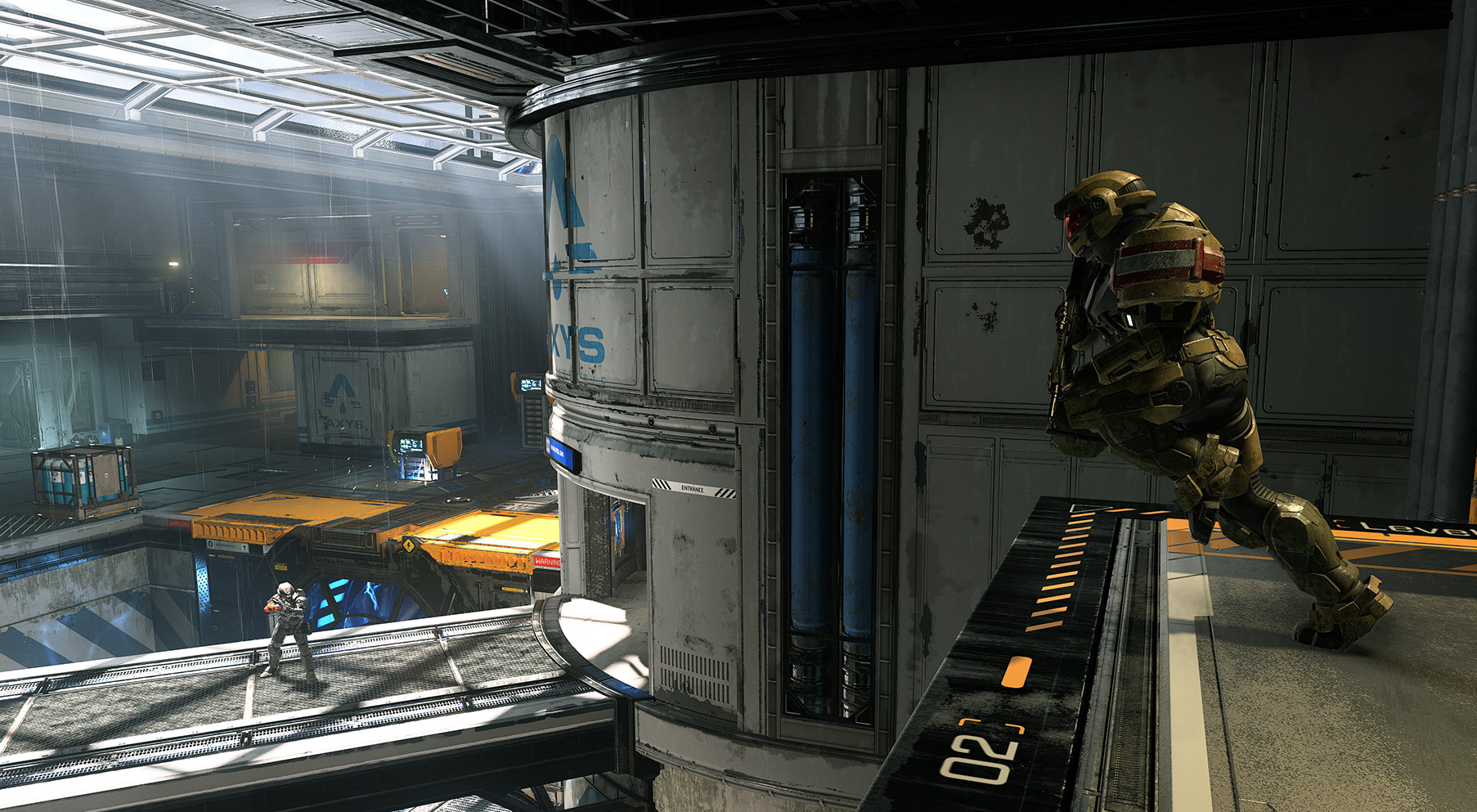
This not-so-stunning lack of marquee exclusive games was most keenly felt at the launch of the Xbox Series X and S. In lieu of any meaningful first-party games, Microsoft opted instead to release 30 or so “optimised for Xbox Series X|S” versions of cross-gen games. The official phrase is both a mouthful of marketing lingo and a terminal crick for journalists who cover video games, but it’s nonetheless helpful shorthand to signify that a game performs better on newer consoles, usually in the form of sharper resolution and higher framerates.
Both Gears Tactics and Ori and the Will of the Wisps were “optimised,” with the latter able to hit frame rates of 120 frames per second, provided you have a compatible display. Some older games — Forza Horizon 4, Gears 5, and Sea of Thieves, among others — also received upgrades, as did third-party tent poles like Assassin’s Creed Valhalla and Yakuza: Like a Dragon.
As nice as it is to play older games in revamped glory — and it is indeed quite nice — such things simply can’t compare to fresh games. Look at the truly next-gen offerings available on Sony’s PlayStation 5: a suite of games that include Astro’s Playroom and a from-the-ground-up remake of Demon’s Souls. It’s hard not to yearn for more as an Xbox player.
A ground-breaking acquisition could change that picture.
Around the Xbox One’s fifth birthday, Microsoft started buying every game studio in sight. In 2018 alone, the company revealed they were scooping up Obsidian Entertainment (the development studio behind The Outer Worlds and Fallout: New Vegas), Ninja Theory (Hellblade: Senua’s Sacrifice), Playground Games (Forza Horizon and the upcoming Fable game), InExile Entertainment (Wasteland), Undead Labs (State of Decay), and Compulsion Games (We Happy Few). Last year, Microsoft acquired Double Fine Productions (Psychonauts, Brütal Legend). All were huge gets and bolstered the number of studios operating under the Xbox Game Studios umbrella. But the most earth-shaking acquisition yet went down this fall.
In September, Microsoft agreed to buy ZeniMax Media outright for $US7.5 ($10) billion. ZeniMax, of course, is the parent company of a whole bunch of top-flight development studios (iD Software, Arkane Studios, MachineGames, Bethesda) behind a whole bunch of top-flight game series (Dishonored, Doom, The Elder Scrolls, Fallout, Wolfenstein). Microsoft could seriously augment its first-party offerings by absorbing ZeniMax’s mighty portfolio, potentially putting Xbox on level playing ground with Sony and Nintendo. The deal is set to finalise some time in 2021.
As for whether or not ZeniMax games will be Xbox-exclusive, well, it’s up in the air. Microsoft plans to assess exclusivity on a case-by-case basis. “This deal was not done to take games away from another player base,” Phil Spencer told Kotaku in October, but also noted that the next Elder Scrolls game needn’t release on PlayStation 5 for that 10-figure investment to be worth its weight. “When I think about where people are going to be playing and the number of devices that we had, and we have xCloud and PC and Game Pass and our console base, I don’t have to go ship those games on any other platform other than the platforms that we support in order to kind of make the deal work for us. Whatever that means.”
In the foreseeable future, two ZeniMax games — Ghostwire: Tokyo, from Tango Gameworks, and Deathloop, from Arkane Studios — fall under the “timed console exclusive” banner for PlayStation 5. Both will be available on PC day one, before coming to Xbox down the line. (Deathloop has a planned May release, while Ghostwire: Tokyo is slated for the broader “2021” window.)
Bethesda Game Studios is the one to watch. The venerable RPG factory has two hotly anticipated showstoppers in the pipeline. There’s Starfield, a science-fiction game that has largely been kept under wraps. Also en route is The Elder Scrolls VI, the long-awaited follow-up to The Elder Scrolls V: Skyrim, the pivotal 2011 role-playing game that was added to the Game Pass library in the final weeks of 2020. Speaking of…
Throughout 2020, Game Pass improved. As did Microsoft’s other services.
Xbox Game Pass has been one of the best deals in gaming for some time now, and it only got better in 2020. For $US10 ($13) a month, you can get access to a Netflix-style library of more than 100 Xbox games, which you can then download and play at your leisure. There’s a PC service, too, aptly titled Xbox Game Pass for PC. In September, Microsoft kicked up the price for the PC subscription from $US5 ($7) to $US10 ($13), and officially retired the “(Beta)” from its name. There’s a lot of overlap between the Xbox and PC libraries, but some games, like the stellar Crusader Kings III, are available only for PC users.
Game Pass started the year off strong, and got stronger as the year went on. In addition to all first-party games landing on the service day and date, Game Pass also saw the addition of Control, Celeste, Tales of Vesperia, CrossCode, Fallout 76, and Spiritfarer, among others, to its library this year. Rockstar’s Red Dead Redemption 2 was available for a bit (but not for long enough to reasonably finish the game). Destiny 2, including its latest expansion, the terrific Beyond Light, was available on the service the day it released. And that’s to say nothing of all the exceptional under-the-radar indie games that landed, albeit with not much of a splash. Any game included in the library is playable with the subscription’s base tier.

And then there’s the premium tier: Xbox Game Pass Ultimate. Dishing out $US15 ($20) a month will grant access to both Xbox Game Pass and Xbox Game Pass for PC, alongside a subscription to Xbox Live Gold. Throughout the year, Microsoft sweetened the pot by adding bonus perks to Ultimate. Those with stable wifi or solid 5G connections can stream Game Pass games directly via xCloud to an Android device, playing them with a connected controller. (Some games, like Dead Cells and Tell Me Why, support touch controls.). On November 10, subscribers also received seamless access to EA Play, adding nearly 100 games to the Game Pass Ultimate library. (This bundle was planned to launch on PC this year. On the day it was supposed to go live, the add-on was delayed to 2021.) In December, an expansion for Gears 5 was made available at no extra cost for subscribers of Game Pass Ultimate. Those on the entry-level plan would have to buy it piecemeal. That sounds like a small deal, but it portents a larger picture. As 2020 wrapped, one thing became apparent, if it wasn’t already: Microsoft is clearly trying to get everyone with an Xbox to sign up for Ultimate.
That doesn’t mean all of Microsoft’s services had a solid 2020. Just look at Mixer. At the start of the year, several high-profile streamers, including former Twitch heavy-hitters Tyler “Ninja” Blevins and Michael “Shroud” Grzesik, were streaming on Microsoft’s streaming platform. Then, in June, Microsoft announced that Mixer would close up shop the following month. Everything on Mixer — all the URLs and apps and whatnot — would redirect to Facebook Gaming, a result of a new partnership between the two mega-corps.
Ninja now exclusively streams on Twitch (again).
Microsoft pledged to be more inclusive at every level of the company.
A few days before Mixer shuttered, former employee Milan Lee shared a blog post detailing some troubling allegations of racism at the company. Lee, who is Black, was apparently the only Black employee on Mixer’s payroll for the entire time he worked there. Following Lee’s account, Phil Spencer reached out to him on Twitter. “Thank you for coming forward and sharing your experience,” he wrote. “If willing, can we connect so I can learn and understand more? Racism will not be tolerated on our teams or on our services.”
[referenced id=”1191227″ url=”https://www.kotaku.com.au/2020/11/the-head-of-xbox-says-the-gaming-industry-needs-more-black-leaders/” thumb=”https://www.gizmodo.com.au/wp-content/uploads/sites/3/2020/11/04/vjibopfs2hnjaznja7qe-300×169.jpg” title=”The Head Of Xbox Says The Gaming Industry Needs More Black Leaders” excerpt=”Time passes strangely these days, so it is easy to forget things that happened or were said or were pledged just five months ago.”]
In June, as millions took to the street to support Black lives and demand justice for the horrific slaying of George Floyd at the hands of police, Microsoft pledged to stand with the Black community against systemic racism and injustice. Microsoft further pledged to double the number of Black people in leadership roles by 2025, a move that drew fire from the thankfully outbound Trump administration’s Department of Labour. In response, Microsoft’s general counsel stated that Microsoft is operating completely within the letter of the law. Spencer told Kotaku that he appreciated the company’s response, that the gaming industry needs more Black leaders, and that a company as far-reaching as Microsoft has an obligation to be as inclusive as possible.
What next?
Xbox had a huge 2020 for hardware and services, if not for games. It is poised to have a good 2021, though urgently needs to catch up and offer more top games from its raft of studios. With the console launch squared away, all eyes next year will be laser-targeted on games. The year will kick off with The Medium, a horror game from Bloober Team planned for a late-January release. Those itching for cyberpunk role-playing games should keep an eye on The Ascent, an isometric action-RPG that will support cooperative play. Microsoft Flight Simulator will receive a console release in the summer. Bright Memory: Infinite, a narratively expanded version of the surprisingly fun Bright Memory, will also come out some time next year. That other game with “Infinite” in the title may have missed its target. If all goes as planned, Master Chief will no doubt make waves next fall, for better or worse. And then there’s that Bethesda thing. And about a gazillion third-party games, including Far Cry 6, Scarlet Nexus, Outriders, the unfortunately named Rainbow Six Quarantine, and Resident Evil Village (not 8, but c’mon, basically 8). Further down the line and likely well past 2021 (presumably), Obsidian will release a new role-playing game called Avowed. The venerable studio Rare has Everwild — a visually inspired adventure the company has otherwise been tight-lipped about — in the works.
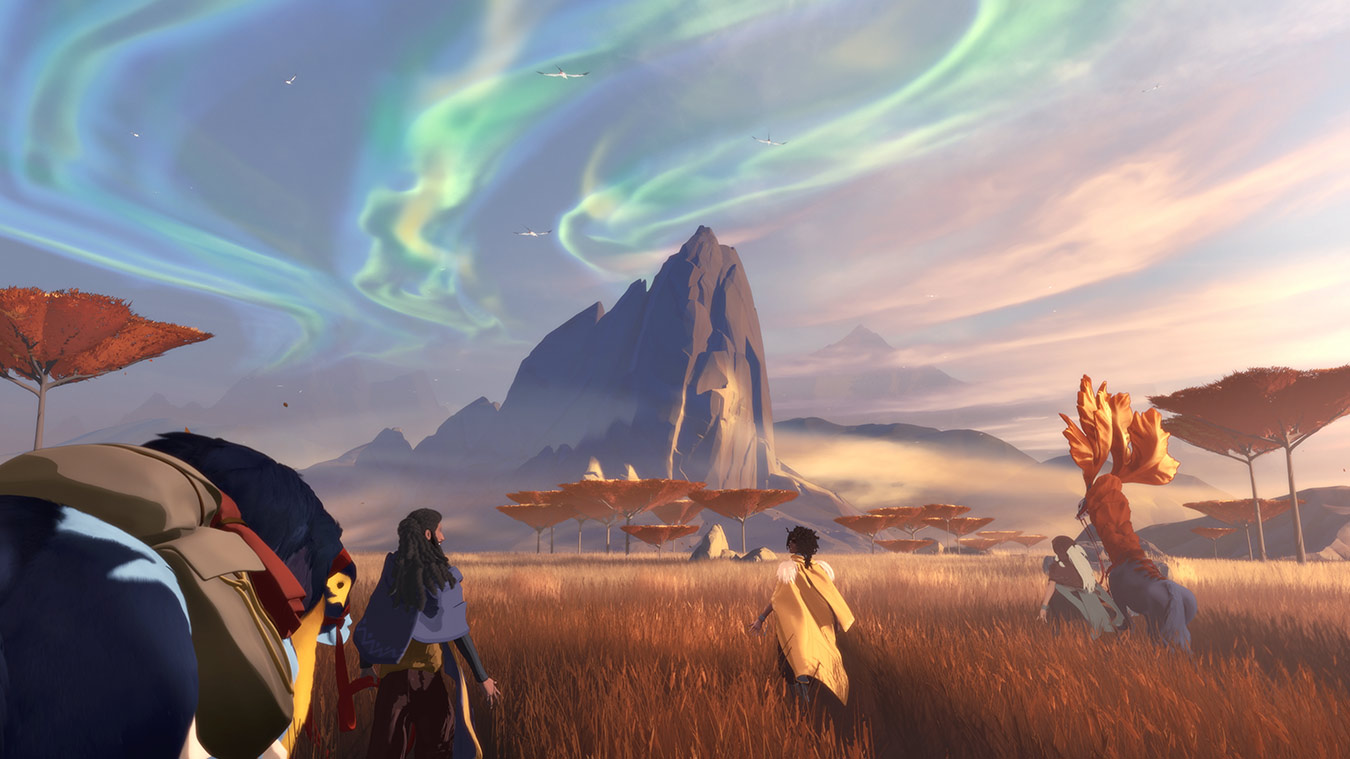
It’s an impressive slate, no doubt. Still, when you compare it to the competition, it’s clear Microsoft will have a tougher time capturing as much buzz as Sony might, given the PlayStation 5’s stacked 2021 lineup. For one, entries in four lightning-rod exclusive series — Ratchet & Clank: Rift Apart, Gran Turismo 7, Horizon Forbidden West, and God of War: Ragnarok — are expected to release next year. Even some Microsoft-published games, like Psychonauts 2, will launch across platforms. And don’t forget about those two ZeniMax games, Deathloop and Ghostwire: Tokyo, that will see console debuts on PS5 before coming to Xbox.
But the barometer for excitement might not turn out to be one of release slates. It could be a mixed matter of price and convenience. By going with a two-model approach, Microsoft has tacitly acknowledged that some gamers might not be so excited to drop half-a-grand on the Xbox Series X. If nothing else, the more affordable Xbox Series S works marvelously as a Game Pass box, especially for those who may have already spent a significant amount of money on a PlayStation 5. Look for 2021 to be the year in which Phil Spencer’s prediction — that the Series S becomes the better-selling Xbox — starts shaking out, one way or another.
Look for services to expand, too. Right now, xCloud streaming is only available on Android devices, but Microsoft will make game-streaming possible on iPhone as well in the spring. Game Pass will surely receive more perks next year, at least for the more-expensive tier. Hopefully the pricing model doesn’t follow that of Netflix and increase by a significant margin at a steady rate. The myriad issues hampering production of the Xbox Series X and S could abate, too, allowing more people to get their hands on next-gen consoles. Who knows: Maybe Microsoft — maybe all of us — will have a smoother year to contend with, or at least a more conventional one. The rollout for a covid-19 vaccine started early last week.
Related Stories
[referenced id=”1194198″ url=”https://www.kotaku.com.au/2020/12/xbox-series-x-s-best-games/” thumb=”https://www.gizmodo.com.au/wp-content/uploads/sites/3/2020/11/21/eskmhso5dildd2cc4aql-300×169.jpg” title=”The Best Games For The Xbox Series X And S” excerpt=”A new console generation usually means a new library of games. That’s not exactly the case with Microsoft’s Xbox Series X and Xbox Series S, at least not yet. There are few true next-gen exclusives. Instead, several recent Xbox games were released in both last-gen and next-gen versions.”]
[referenced id=”1192347″ url=”https://www.kotaku.com.au/2020/11/13-tips-to-make-the-most-of-your-new-xbox-series-x-or-s/” thumb=”https://www.gizmodo.com.au/wp-content/uploads/sites/3/2020/11/11/tgf5qpnjivzelowviw4g-300×169.jpg” title=”13 Tips To Make The Most Of Your New Xbox Series X Or S” excerpt=”And just like that, the next generation is here. The Xbox Series X and its smaller, more affordable sibling, the Xbox Series S, are available (well, to those who were quick enough on the draw to nab preorders). If you’re coming over from the Xbox One, you probably know your…”]
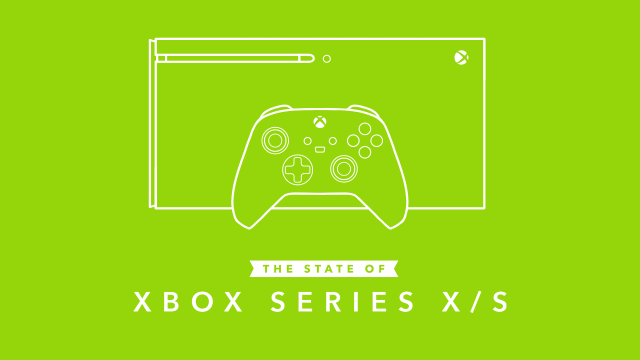
Leave a Reply